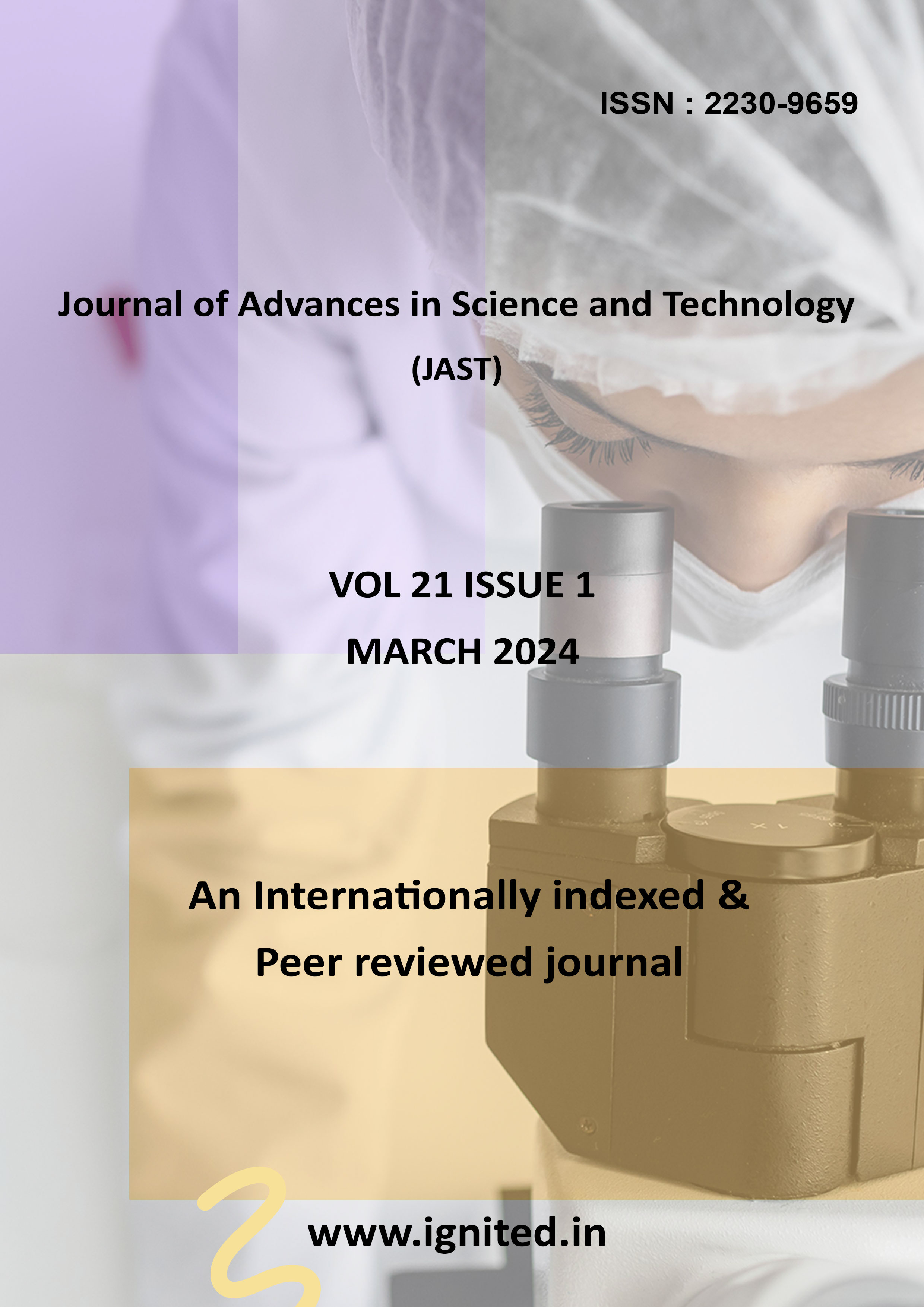Risk Assessment and Diagnosis Code Prediction from Electronic Health Records (EHR) using deep learning
Main Article Content
Authors
Abstract
Knowledge in the medical field is often expressed by distinct and subjective norms. Much research and development efforts have focused on using deep learning algorithms to predict the likelihood of illnesses from EHR in recent years. When it comes to risk prediction, deep learning-based techniques outperform more conventional machine learning models. But nothing in the literature fully accounts for what doctors already know, such as the connections between illnesses and their risk factors. This research examines the use of Multi-layer Perceptron models for the categorisation of diagnoses in electronic health records. The raw data and a modified version of the EHR dataset are used to train two MLPs with distinct topologies. For comparative purposes, a Random Forest is used as a baseline. To phenotype patients using their electronic health records, we provide a deep learning method. Predictive modelling of chronic illnesses is the particular scenario used to verify the suggested model on a real-world EHR data warehouse. Many deep learning applications on EHRs have been effective, and there is still a lot of potential to be realised. It has been discovered that deep learning models can learn from the limited EHR dataset, but not to a level where they outperform the baseline model.
Downloads
Article Details
Section
References
- Joyce C Ho, Joydeep Ghosh, Steve R Steinhubl, Walter F Stewart, Joshua C Denny, Bradley A Malin, and Jimeng Sun. 2014. Limestone: High-throughput Candidate Phenotype Generation via Tensor Factorization. Journal of Biomedical Informatics 52 (2014), 199–211.
- Joyce C Ho, Joydeep Ghosh, and Jimeng Sun. 2014. Marble: High-throughput Phenotyping from Electronic Health Records via Sparse Nonnegative Tensor Factorization. In Proceedings of the 20th ACM SIGKDD International Conference on Knowledge Discovery and Data Dining (KDD’14). 115–124.
- Raju, K & Vidyarthi, Ankit & Dara, Suresh & Gupta, V & Khan, Baseem. (2022). Smart Heart Disease Prediction System with IoT and Fog Computing Sectors Enabled by Cascaded Deep Learning Model. Computational Intelligence and Neuroscience. 2022. 10.1155/2022/1070697.
- Askar, Shavan & Jameel, Zhala & Kareem, Shahab. (2021). Deep Learning and Fog Computing: A Review. 10.5281/zenodo.5222647.
- Nancy, A.A.; Ravindran, D.; Vincent, D.R.; Srinivasan, K.; Chang, C.-Y. (2023). Fog-Based Smart Cardiovascular Disease Prediction System Powered by Modified Gated Recurrent Unit. Diagnostics, 13, 2071. https://doi.org/10.3390/diagnostics13122071.
- Kumar, Y., Koul, A., Singla, R., & Ijaz, M. F. (2023). Artificial intelligence in disease diagnosis: a systematic literature review, synthesizing framework and future research agenda. Journal of ambient intelligence and humanized computing, 14(7), 8459–8486. https://doi.org/10.1007/s12652-021-03612-z
- Vu Khanh, Quy & Nguyen, Van-Hau & Anh, Dang & Ngoc, Le. (2021). Smart healthcare IoT applications based on fog computing: architecture, applications and challenges. Complex & Intelligent Systems. 8. 10.1007/s40747-021-00582-9.
- F. Wang, N. Lee, J. Hu, J. Sun, and S. Ebadollahi, “Towards heterogeneous temporal clinical event pattern discovery: a convolutional approach,” in Proceedings of the 18th ACM SIGKDD international conference on Knowledge discovery and data mining. ACM, 2012, pp. 453–461.
- R. Collobert, J. Weston, L. Bottou, M. Karlen, K. Kavukcuoglu, and P. Kuksa, “Natural language processing (almost) from scratch,” J. Mach. Learn. Res., vol. 12, pp. 2493–2537, Nov. 2011.
- Diederik P. Kingma and Jimmy Ba. “Adam: A Method for Stochastic Optimization”. In: (2014), pp. 1–15. ISSN: 09252312. DOI: http: / / doi . acm . org . ezproxy . lib . ucf . edu / 10. 1145 / 1830483.1830503. arXiv: 1412.6980. URL: http://arxiv. org/abs/1412.6980.

